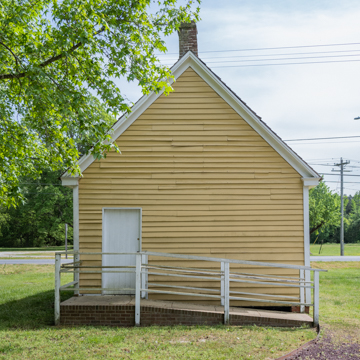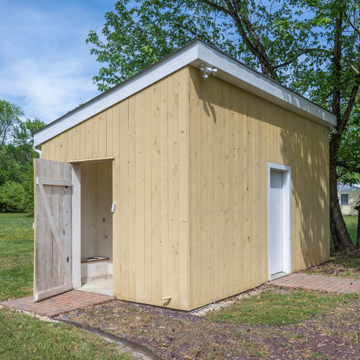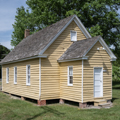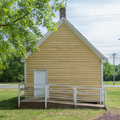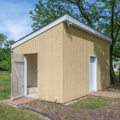This quintessential one-room schoolhouse is the oldest and most intact building erected specifically for the education of African American children in Dorchester County. It was part of a post-Civil War Reconstruction initiative in response to state legislation passed in 1872. Typical of rural schoolhouses, it is a simple rectangular, gable-front frame building with a front vestibule. The school started in 1867 when a smaller structure was moved to this site for use as both a school and meeting place for a newly formed African American Methodist congregation, who then built Christ Rock United Methodist Church across the street. Based on the combined use of timber-frame construction and factory-made building components, it is likely that parts of the earlier building were repurposed. Built as Colored School No. 3, it became known as Stanley Institute, named for the Reverend Ezekiel Stanley, a founder and president of the first board of trustees. The school was used continuously until 1966. It was restored and opened as a museum in 2007, interpreting the history of African American education in the county.
You are here
STANLEY INSTITUTE MUSEUM (ROCK SCHOOL)
If SAH Archipedia has been useful to you, please consider supporting it.
SAH Archipedia tells the story of the United States through its buildings, landscapes, and cities. This freely available resource empowers the public with authoritative knowledge that deepens their understanding and appreciation of the built environment. But the Society of Architectural Historians, which created SAH Archipedia with University of Virginia Press, needs your support to maintain the high-caliber research, writing, photography, cartography, editing, design, and programming that make SAH Archipedia a trusted online resource available to all who value the history of place, heritage tourism, and learning.






















